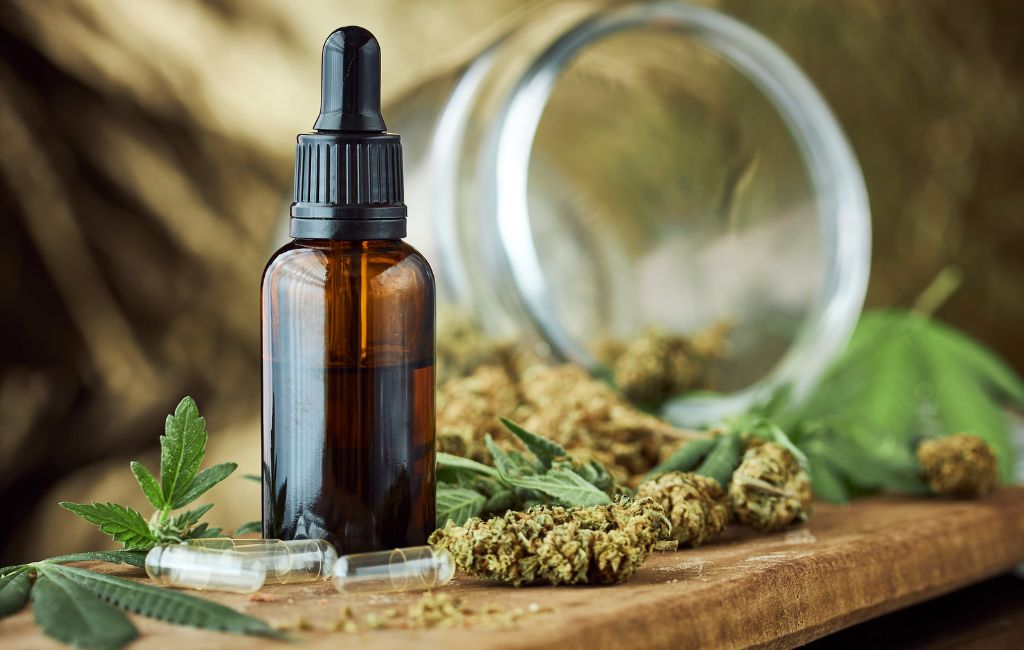
The use of cannabis flower for therapeutic purposes has gained significant attention in recent years. With changing legal landscapes and growing public interest, understanding the potential benefits of cannabis flower is more relevant than ever. This article explores the therapeutic properties of cannabis flower, supported by research, case studies, and statistics.
Understanding Cannabis Flower
Cannabis flower, often referred to as the bud, is the part of the cannabis plant that is harvested and used for its medicinal properties. It contains a variety of compounds, including cannabinoids and terpenes, which contribute to its therapeutic effects.
Cannabinoids: The Active Compounds
Cannabinoids are the chemical compounds found in cannabis that interact with the body’s endocannabinoid system. The most well-known cannabinoids include:
- Tetrahydrocannabinol (THC): Known for its psychoactive effects, THC also offers pain relief and anti-inflammatory properties.
- Cannabidiol (CBD): Non-psychoactive and widely studied for its potential to reduce anxiety, inflammation, and seizures.
- Cannabigerol (CBG): Emerging research suggests CBG may have antibacterial and anti-inflammatory effects.
Terpenes: The Aromatic Compounds
Terpenes are aromatic compounds that give cannabis its distinct smell and flavor. They also contribute to the plant’s therapeutic effects. Some common terpenes include:
- Limonene: Known for its citrus scent, it may have mood-enhancing and stress-relieving properties.
- Myrcene: Found in hops and lemongrass, it may promote relaxation and sleep.
- Pinene: With a pine-like aroma, it may improve focus and respiratory function.
Therapeutic Benefits of Cannabis Flower
The therapeutic potential of cannabis flower is vast, with research supporting its use for various conditions. Here are some key areas where cannabis flower has shown promise:
Pain Management
Chronic pain affects millions worldwide, and cannabis flower has emerged as a potential alternative to traditional pain medications. Studies have shown that cannabinoids like THC and CBD can reduce pain by interacting with the body’s pain receptors. A 2015 study published in the Journal of Pain found that patients using cannabis reported a 64% reduction in opioid use, highlighting its potential as a pain management tool.
Anxiety and Depression
Mental health disorders such as anxiety and depression are prevalent, and cannabis flower may offer relief for some individuals. Research indicates that CBD, in particular, has anxiolytic and antidepressant effects. A 2019 study in the Journal of Clinical Psychology found that CBD significantly reduced anxiety in a group of participants, suggesting its potential as a therapeutic option.
Epilepsy and Seizure Disorders
One of the most well-documented uses of cannabis flower is in the treatment of epilepsy and seizure disorders. The FDA-approved drug Epidiolex, derived from CBD, has been shown to reduce seizures in patients with Dravet syndrome and Lennox-Gastaut syndrome. Clinical trials have demonstrated a significant decrease in seizure frequency, offering hope to those with treatment-resistant epilepsy.
Inflammation and Autoimmune Disorders
Cannabis flower’s anti-inflammatory properties make it a candidate for treating conditions like arthritis and multiple sclerosis. Research suggests that cannabinoids can modulate the immune system and reduce inflammation. A 2016 study in the European Journal of Pain found that topical CBD application reduced pain and inflammation in animal models of arthritis.
Case Studies and Real-World Examples
Real-world examples and case studies provide valuable insights into the therapeutic benefits of cannabis flower. One notable case is that of Charlotte Figi, a young girl with Dravet syndrome whose seizures were significantly reduced with CBD-rich cannabis oil. Her story brought national attention to the potential of cannabis in treating epilepsy.
Another example is the use of cannabis flower in palliative care. Patients with terminal illnesses have reported improved quality of life and reduced pain with cannabis use. A 2019 survey published in the Journal of Palliative Medicine found that 97% of patients using cannabis for palliative care reported improvements in their symptoms.
Statistics and Research Findings
Statistics and research findings further underscore the therapeutic potential of cannabis flower. According to a 2020 report by the National Academies of Sciences, Engineering, and Medicine, there is substantial evidence supporting the use of cannabis for chronic pain, chemotherapy-induced nausea, and multiple sclerosis spasticity.
Additionally, a 2018 survey by the Brightfield Group found that 62% of CBD users reported using it to treat a medical condition, with anxiety, depression, and pain being the most common reasons.
Conclusion
The therapeutic benefits of cannabis flower are supported by a growing body of research and real-world examples. From pain management to mental health support, cannabis flower offers a range of potential benefits for various conditions. As research continues to evolve, the understanding of cannabis flower’s therapeutic properties will likely expand, offering new possibilities for those seeking alternative treatments.
